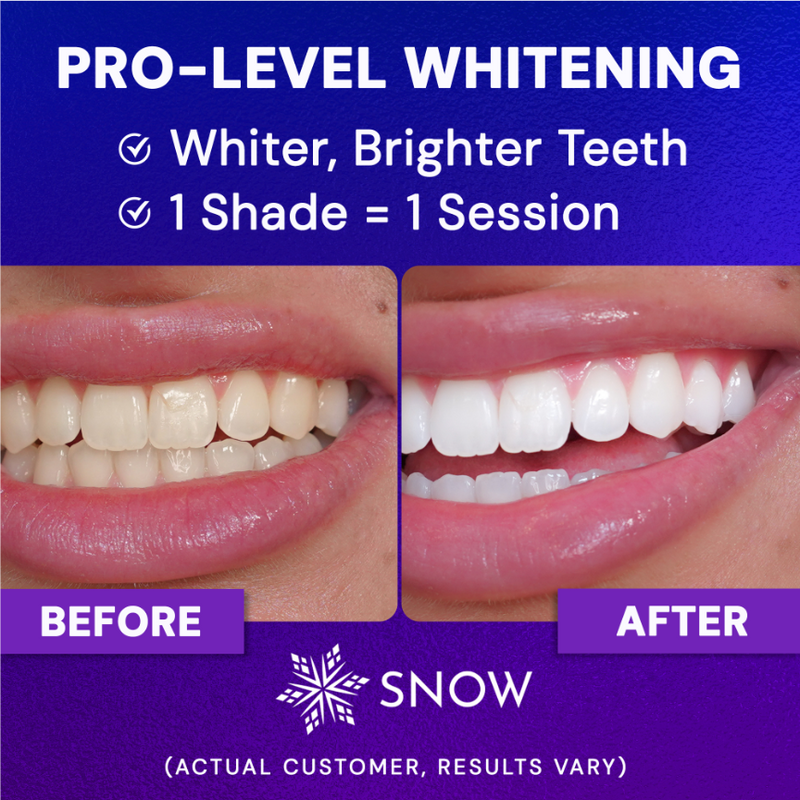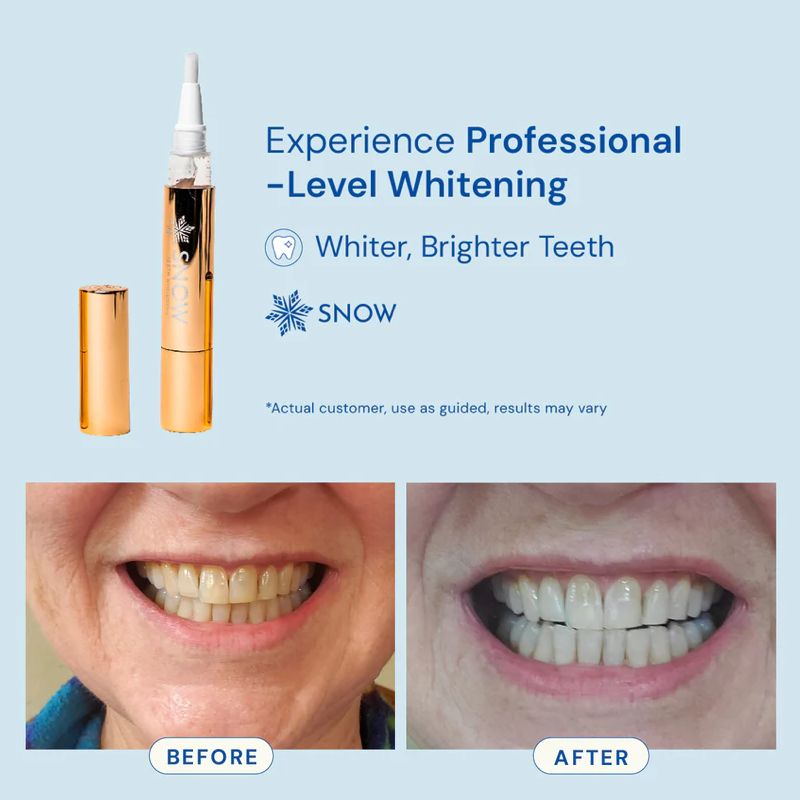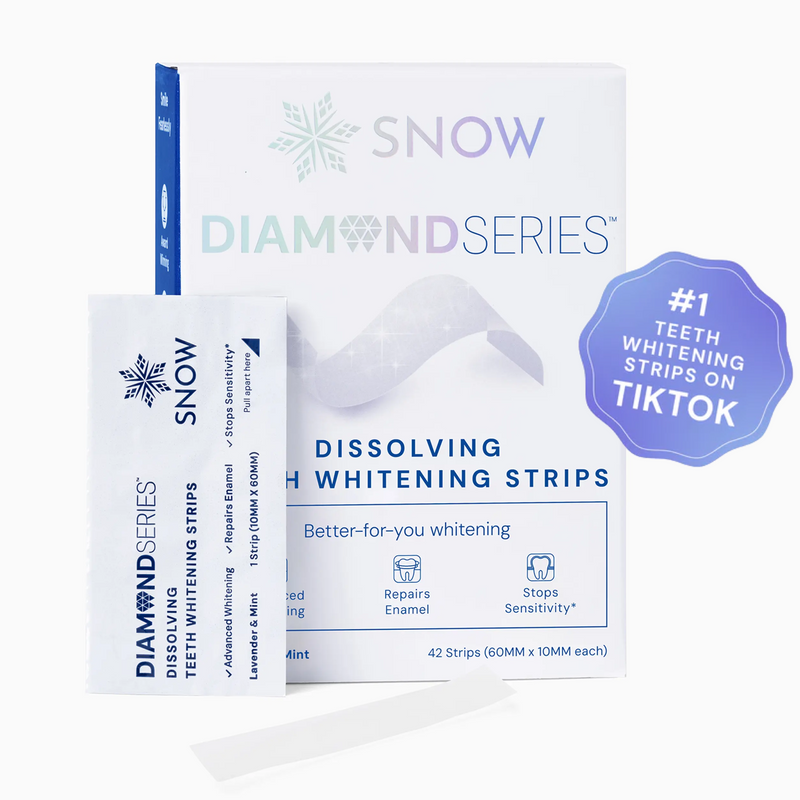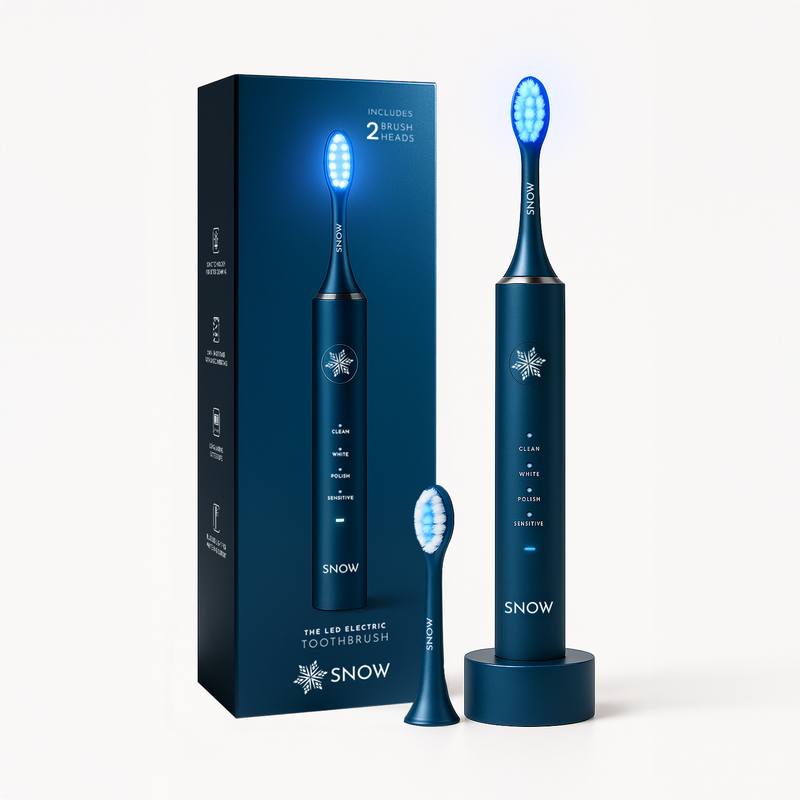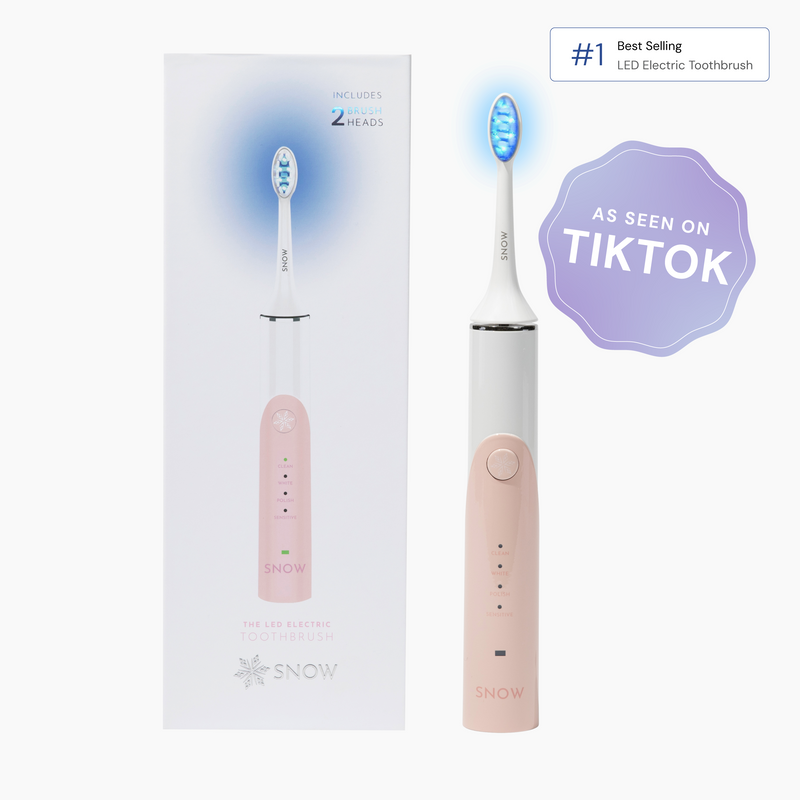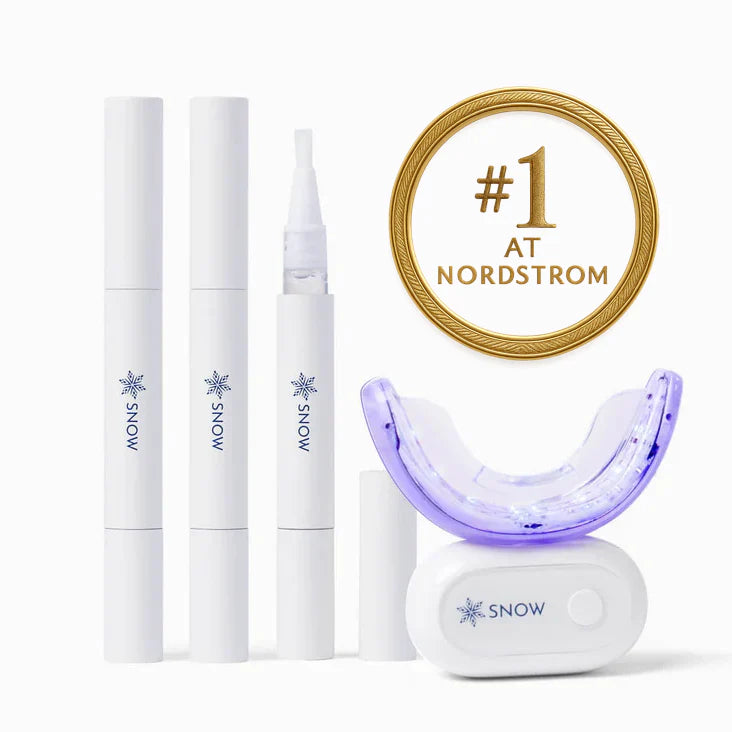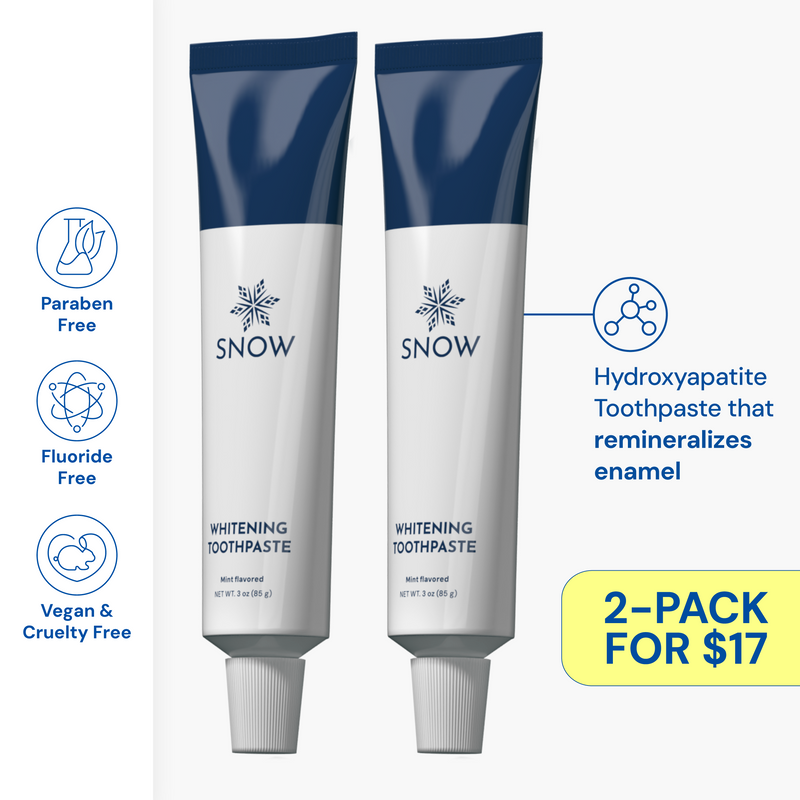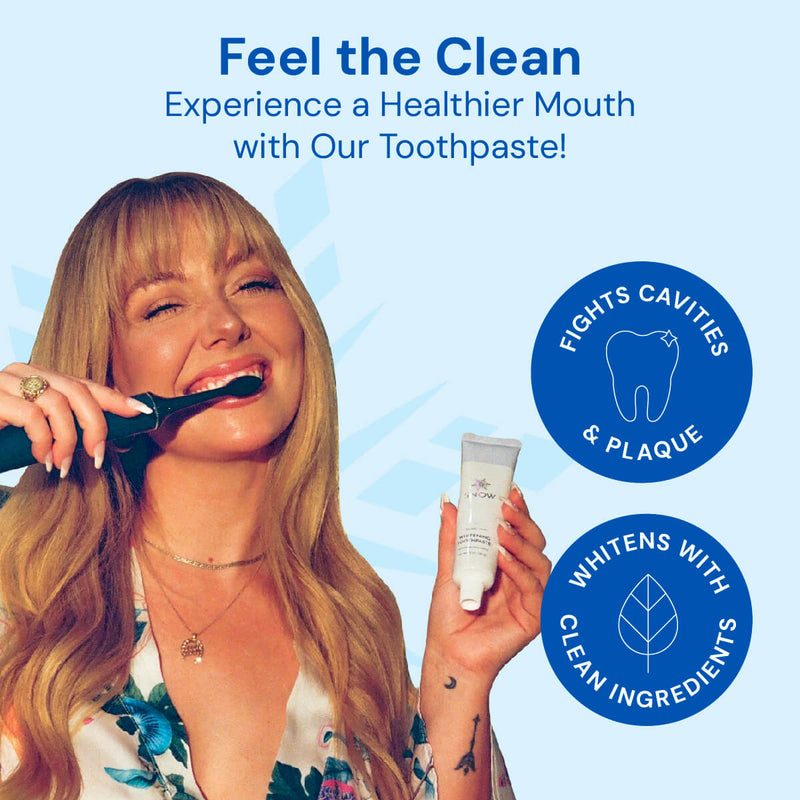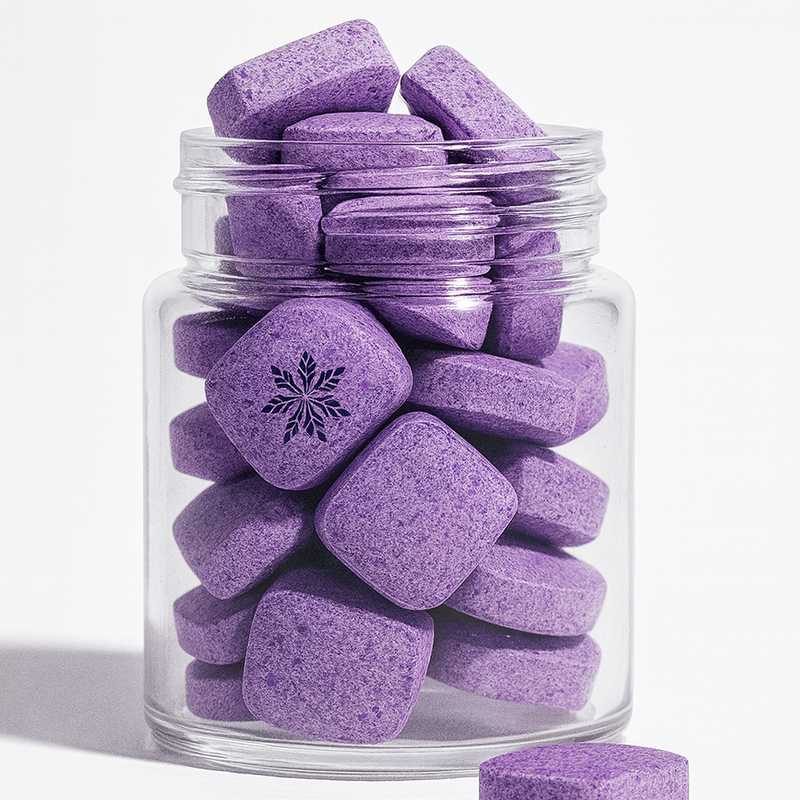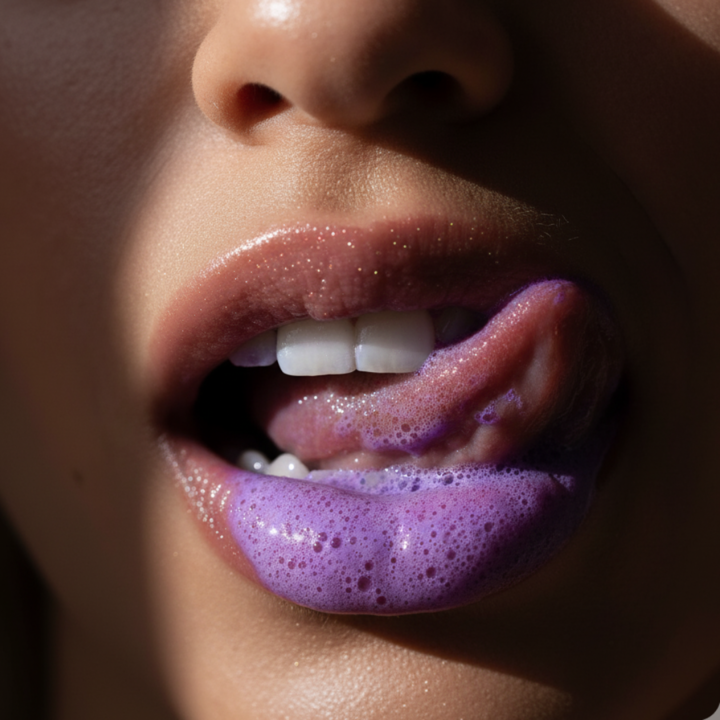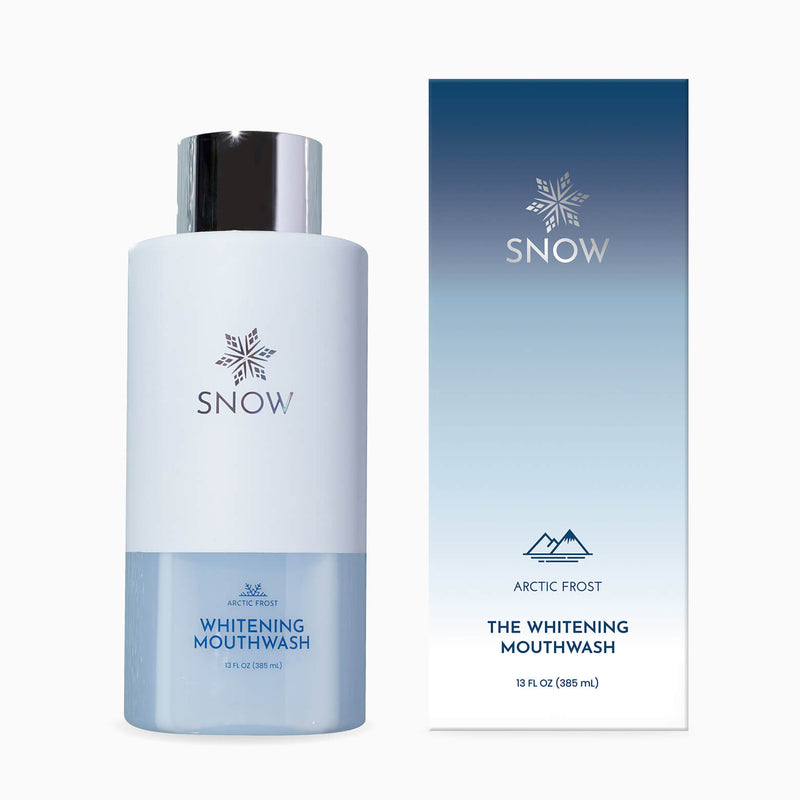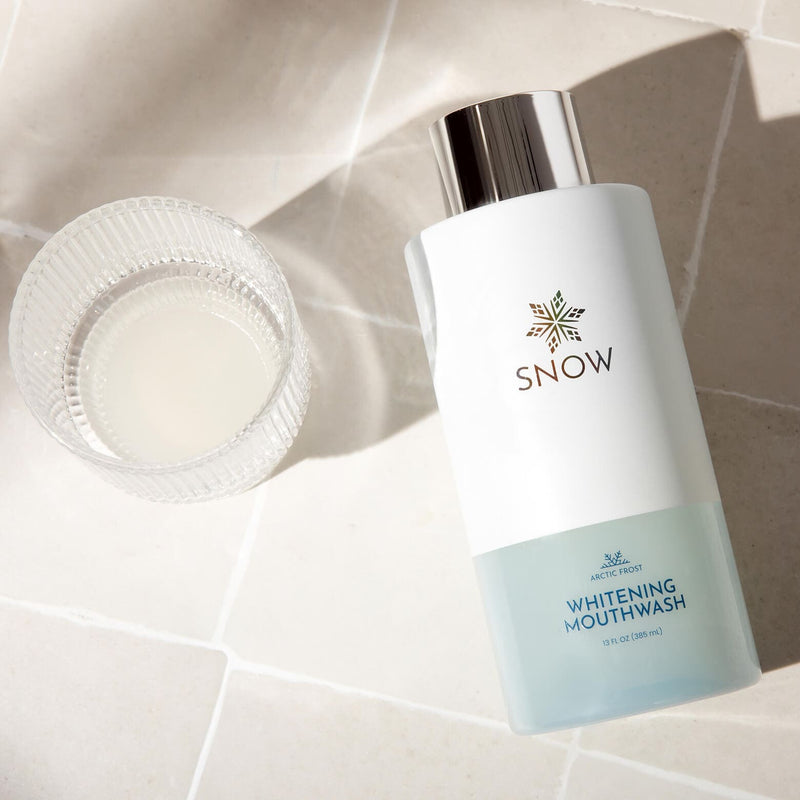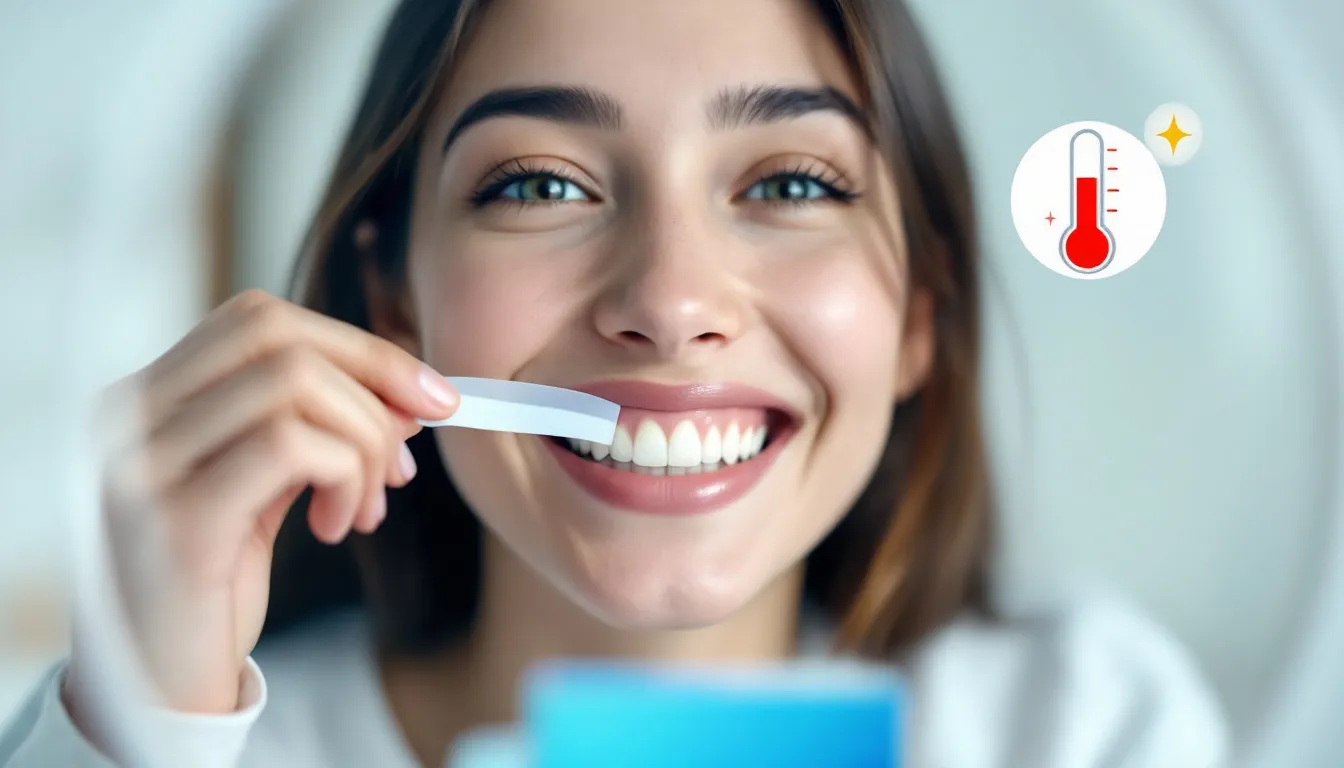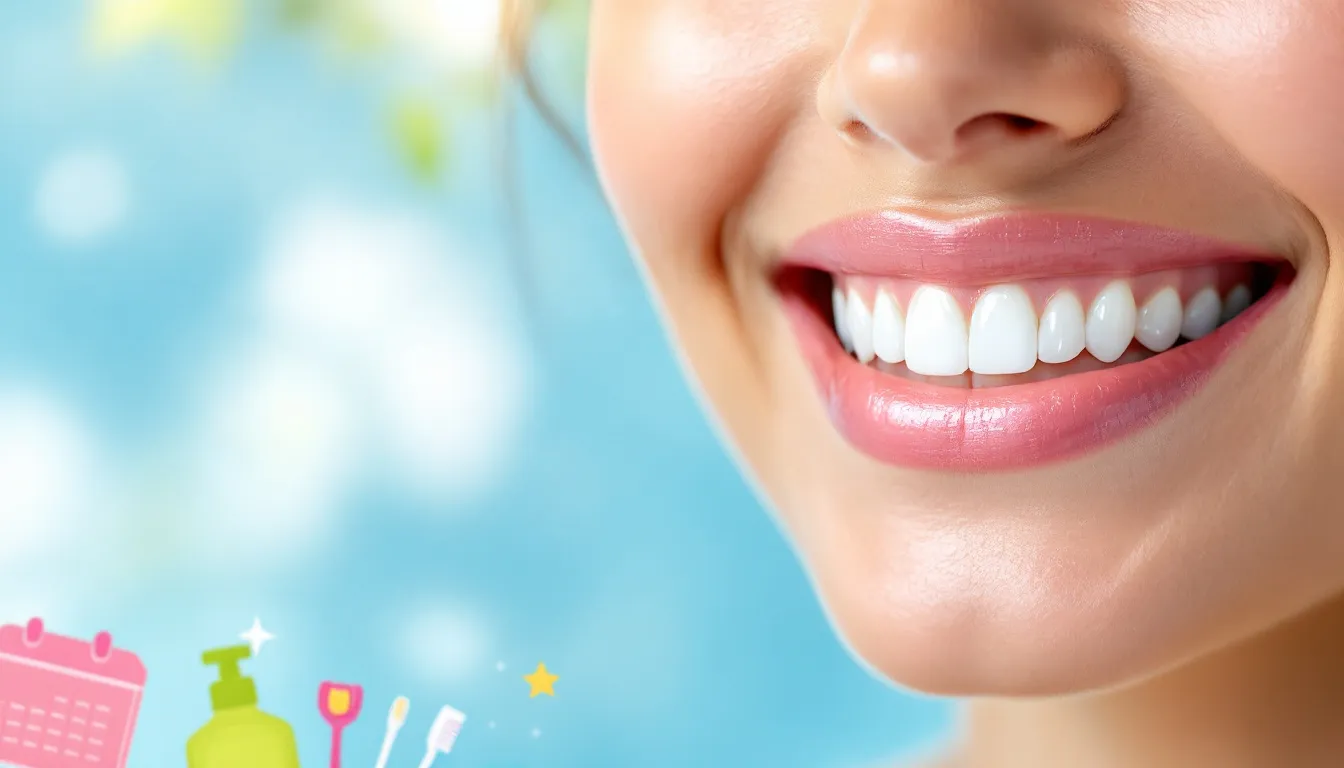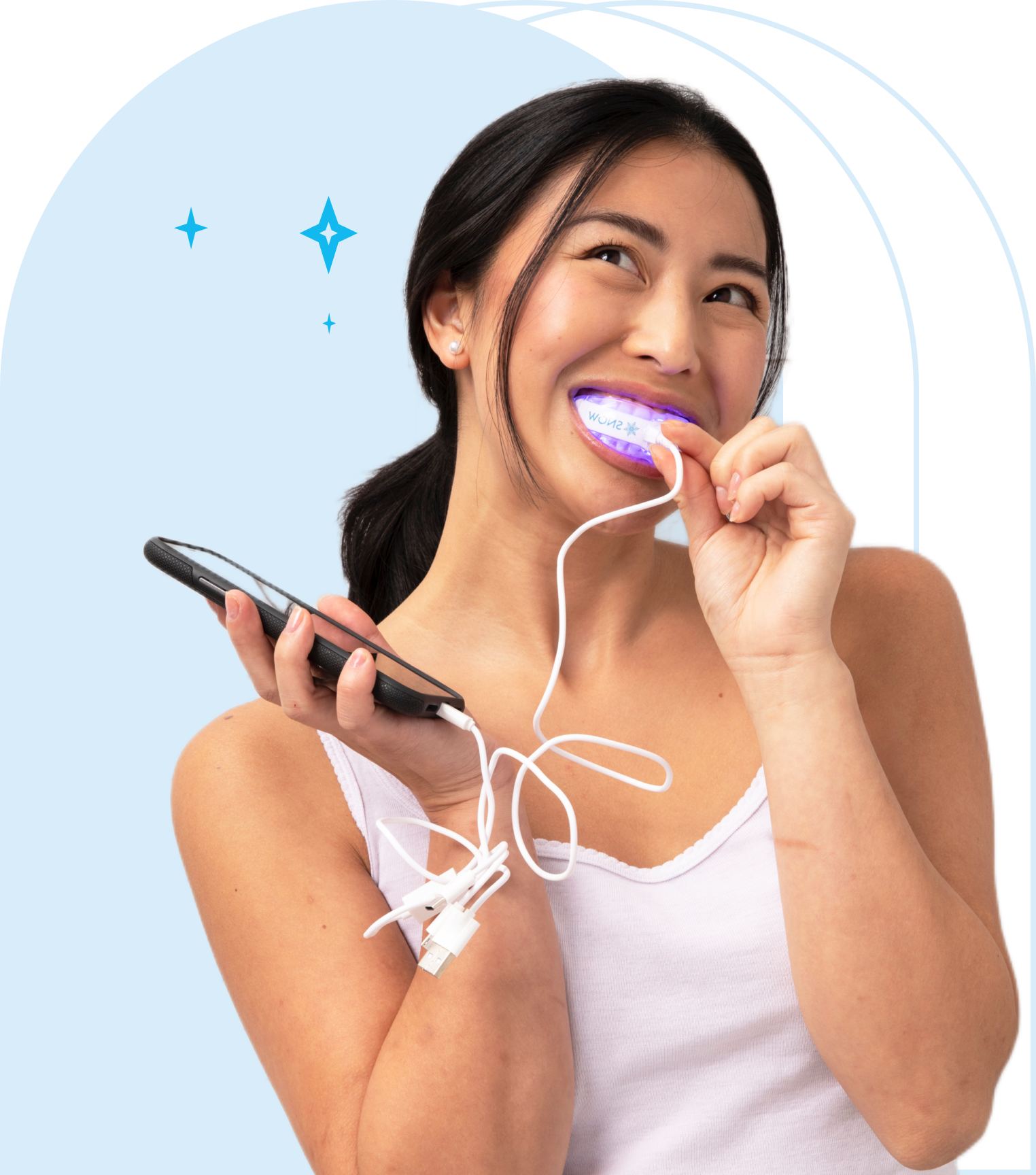Most people want a whiter smile—but not at the cost of sensitivity or enamel damage. Whitening strips are everywhere, but not all are safe or effective. Misuse is common, and results vary. Still, 90% of whitening treatments succeed, and professional systems can lighten teeth by up to 10 shades. This guide breaks down the risks, ingredients, and smarter ways to whiten—so you can choose what works without compromising your oral health.
Key Takeaways
-
Teeth whitening strips and other over-the-counter whitening strips contain hydrogen peroxide or carbamide peroxide, effectively targeting surface stains but should be used according to guidelines to avoid gum irritation and enamel damage.
-
While generally safe, individuals with existing dental issues, pregnant or nursing women, and children under 12 should consult with a dentist before using whitening strips.
-
Alternatives to whitening strips include whitening toothpaste, gels, and professional treatments, which can provide effective results with potentially lower risks and better customization.
Understanding Teeth Whitening Strips
Whitening strips are thin, flexible pieces of plastic coated with a peroxide-based gel. They're designed to remove surface stains from enamel—caused by things like coffee, wine, and aging—through a mild chemical bleaching process.
The active ingredients, usually hydrogen peroxide or carbamide peroxide, break down the compounds that discolor teeth. These agents are effective on extrinsic stains (on the outer enamel) but don’t reach deeper, intrinsic discoloration beneath the surface.
That’s why whitening strips are best for cosmetic surface-level brightening—not for correcting deeper shade issues.
Common ingredients include:
-
Hydrogen peroxide: A fast-acting whitening agent
-
Carbamide peroxide: Slower-releasing, often gentler on sensitive teeth
-
Gelling agents: Help the product adhere to teeth
-
Flavor or stabilizers: Improve user experience
These ingredients work together to brighten your smile when used consistently and correctly.
Application and Usage Guidelines
Most whitening strips are designed for daily use over a period of up to 21 days. Consistent application—typically around 9 to 30 minutes per day, depending on the formula—is key to achieving noticeable results.
For safe and effective whitening, it’s important to follow the product’s instructions exactly. This includes:
-
Applying strips evenly to clean, dry teeth
-
Avoiding contact with the gums
-
Adhering strictly to the recommended wear time
Improper use, such as overuse or misplacement, can increase the risk of gum irritation or enamel sensitivity.
Evaluating the Safety of Teeth Whitening Strips
Teeth whitening strips are generally safe when used as directed—but they aren’t one-size-fits-all. Understanding how they work, who should use them, and how to select safe products is essential for protecting your oral health.
How Safe Are Whitening Strips?
Most whitening strips contain hydrogen peroxide or carbamide peroxide—ingredients widely used in dental whitening. These compounds break down stain molecules on the enamel’s surface, and when used correctly, they can safely brighten teeth over time1.
According to the Cleveland Clinic, millions of people have used these products with no increase in long-term tooth or gum problems. However, mild side effects like tooth sensitivity or gum irritation are common and usually temporary.
What the FDA Regulates
The FDA does not approve individual teeth whitening products, but it does regulate the ingredients and manufacturing processes. Products made in FDA-registered facilities are required to meet quality and safety standards. Choosing products from reputable brands that comply with these regulations helps reduce the risk of using untested or potentially harmful formulas.
Who Should Be Cautious?
Some individuals should consult a dentist before whitening:
-
Those with gum disease, cavities, or dental restorations (like crowns or fillings)
-
Pregnant or nursing individuals
-
Anyone with known tooth sensitivity
Professional evaluation helps identify underlying issues that may need treatment before whitening begins.
Expert Guidance
Dental professionals recommend:
-
Using only clinically-tested, peroxide-based products
-
Following the product’s exact instructions for timing and frequency
-
Avoiding “DIY” whitening methods or unproven home remedies
"Take steps to get your teeth healthy before starting down any whitening road,” says Dr. Anne Clemons of Cleveland Clinic. "And talk to your dentist if you’re unsure what’s safe for your smile."
Managing Tooth Sensitivity
While whitening strips are effective, they can sometimes cause temporary discomfort—especially for those with sensitive teeth. Here’s how to recognize, prevent, and manage sensitivity for a more comfortable whitening experience
What Does Tooth Sensitivity Feel Like?
Sensitivity often shows up as a sharp or lingering discomfort when consuming hot, cold, sweet, or acidic foods. For most people, symptoms appear within the first few days of whitening and fade shortly after treatment ends. However, frequent or improper use of whitening products may increase the risk of long-term sensitivity.
Tips to Prevent Sensitivity
To reduce the risk of discomfort during whitening:
-
Use a toothpaste for sensitive teeth at least one week before starting treatment
-
Avoid extremely hot or cold foods and drinks during your whitening cycle
-
Stick to the recommended application time—longer is not better
-
Space out treatments if symptoms persist (e.g., every other day)
These steps can help protect enamel and support a more comfortable whitening experience.
Remedies if Sensitivity Occurs
If sensitivity develops:
-
Switch to a desensitizing toothpaste with ingredients like potassium nitrate or stannous fluoride
-
Pause whitening treatments for a few days
-
Rinse with lukewarm water after eating to avoid temperature shock
These types of discomfort are normal and typically resolve on their own. If they persist or worsen, consult your dental professional.
Risks Associated with Improper Use
Improper use of teeth whitening strips can cause significant adverse effects, such as enamel damage and gum irritation. Regular use beyond the recommended time frame increases the risk of these adverse effects and long-term damage.
Adhering to the recommended application time is essential to minimize these risks.
Enamel Damage
Overuse or leaving whitening strips on for too long can erode enamel—the outer protective layer of your teeth. According to Healthline, hydrogen peroxide in whitening products may penetrate the enamel and degrade the collagen in the underlying dentin layer, potentially weakening tooth structure over time1.
Research presented by Stockton University found a significant loss of protein in dentin when exposed to hydrogen peroxide, raising concerns about long-term use or excessive concentrations.
Gum Irritation
If whitening strips come into contact with the gums, they can cause inflammation, redness, and soreness. Medical News Today notes that irritation is more likely when strips are applied incorrectly or worn too long, particularly with higher peroxide levels.
Those with preexisting gum issues or exposed roots should consult a dentist before using whitening products, as improper exposure may increase the risk of tissue damage or discomfort. If you’re experiencing teeth not whitening near gums, understanding the underlying causes and using appropriate products is important.
Uneven Whitening
Inconsistent application—such as misaligned strips or uneven pressure—can lead to patchy or blotchy results. This is especially common when strips lift during use or don’t adhere properly to every tooth surface. Custom trays or ADA-accepted whitening products may help reduce the risk of uneven results.
Who Should Avoid Using Whitening Strips?
Teeth whitening strips are not suitable for everyone. Individuals with certain risks and potential side effects should exercise caution when using these products.
Children and Adolescents
Children under 12 years old should not use whitening strips.
Teens can use them safely but need supervision to ensure proper use and to avoid contact with gums.
Pregnant and Nursing Women
Pregnant and nursing women should consult their dentist before using whitening products. Dentists typically recommend against their use without professional guidance.
People with Dental Issues
Individuals with existing dental problems should consult their dentist before using whitening strips. Dental issues such as cavities or gum disease should be treated prior to using whitening products to avoid further complications.
Dentists can suggest safe and effective whitening options tailored to these individuals, as recommended by dental experts.
Alternatives to Whitening Strips
For those seeking alternatives to whitening strips, various at-home and professional whitening methods, including teeth whitening products, are available. These include gels, pens, mouthwashes, and LED lights.
Periodic use of these alternatives can help maintain a bright smile without the risks associated with frequent use of whitening strips.
Whitening Toothpaste
Whitening toothpaste offers a gradual approach to teeth whitening by using abrasive agents and mild bleaching to remove surface stains. While it may not achieve the same level of whitening as strips or professional treatments, regular use helps maintain a bright smile over time.
This cost effective option is often more affordable and less likely to cause sensitivity than other whitening methods.
Whitening Gels and Trays
Whitening gels and trays provide better coverage and more control over the bleaching process compared to strips. Custom-fitted trays ensure a snug fit for effective bleaching, leading to more consistent results.
While this method can be more costly, it offers a higher degree of precision and efficacy for those seeking significant whitening effects.
Professional Whitening Treatments
Professional whitening treatments, administered by dental professionals, can achieve more dramatic results in a shorter time frame. These treatments often involve the application of max-strength bleaching gel and may include laser activation for enhanced results.
The customized approach and higher concentrations of whitening agents make professional treatments a reliable and safe option for achieving a radiant smile, though some may prefer an at-home teeth whitening kit for added convenience.
Maintaining Your Bright Smile
Maintaining teeth whitening results requires consistent dental care routines and periodic touch-ups. Good oral hygiene practices and mindful dietary choices help sustain the brightness achieved through initial treatments.
Regular touch-ups with whitening products can ensure your brighter smile remains dazzling over time.
Good Oral Hygiene Practices
To maintain oral health and the results of teeth whitening, consider the following:
-
Brush twice a day.
-
Floss once a day.
-
Have regular dental check-ups to identify and address potential issues early, ensuring your teeth stay healthy and bright.
Fluoride toothpaste can further protect tooth enamel and prevent cavities.
Avoiding Staining Foods and Drinks
Limiting the consumption of coffee, red wine, sodas, juices, and energy drinks can help maintain a bright smile, as these substances are known to cause tooth stains caused. Rinsing with water after consuming brightly colored foods can also help control staining.
Mindful choices about what you eat and drink can help you make informed decisions that prolong the effects of your whitening treatments.
Regular Touch-Ups
Periodic touch-ups with whitening products are recommended to sustain the bright results achieved through initial treatments. Maintaining good oral hygiene practices, including regular brushing and flossing, is essential in preserving the effects of teeth whitening.
Additionally, minimizing the intake of staining foods and drinks, such as coffee and red wine, will help keep your smile radiant.
Are Teeth Whitening Strips Safe Wrapped Up
When used correctly, whitening strips can be a safe and accessible way to brighten your smile. They work by gently lifting surface stains—but like any treatment, results depend on the product, your oral health, and how closely you follow the instructions.
That said, they’re not right for everyone. If you have sensitivity, dental work, or specific concerns, talk to your dentist first. And if you're looking for a more comfortable, enamel-safe alternative, there are advanced options designed to deliver noticeable results without irritation.
Some at-home systems—like those formulated by SNOW—are developed with sensitivity in mind, offering a balanced approach between convenience and care.
With the right routine, mindful habits, and a product that fits your needs, achieving a brighter smile is both possible and sustainable.
Frequently Asked Questions
What are the negatives of teeth whitening strips?
Teeth whitening strips can cause side effects such as tooth sensitivity and gum irritation, especially if used improperly or excessively. Prolonged use may also lead to enamel damage and uneven whitening. It is important to follow product instructions carefully to minimize these risks.
Can yellow teeth be white again?
Yes, yellow teeth can often be whitened effectively with teeth whitening strips or other whitening treatments. However, the success depends on the cause of discoloration and the method used. For deep or intrinsic stains, professional whitening treatments may provide better results.
Who shouldn't use white strips?
Individuals with dental issues like cavities or gum disease, pregnant or nursing women, and children under 12 should avoid using whitening strips. Consulting a dental professional before use is recommended to ensure safety.
What is the safest teeth whitening method?
Professional whitening treatments administered by dental experts are considered the safest and most effective method. These treatments use higher concentrations of bleaching agents under controlled conditions, minimizing risks like sensitivity and enamel damage while providing consistent results.















































